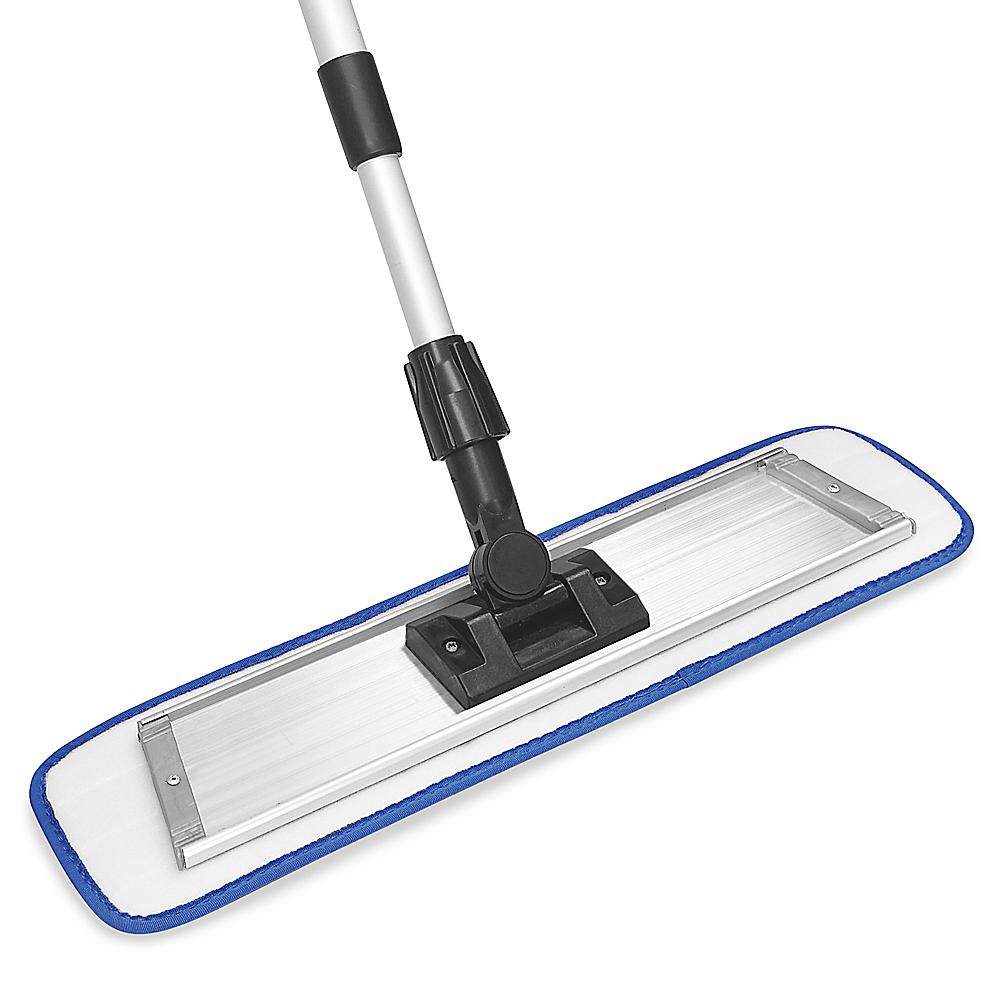artifacture
New Member
My operator tried to apply Natron M74F primer to a sheet of 1/2" clear acrylic, and apparently we're still doing something wrong, as he applied it and noticed streaks after it dried. He messed with it for 30min, going over again with primer, and then finally resorting to isopropyl alcohol to get rid of the streaks even though it may have removed primer. Although there were no visible streaks beforehand, after printing, they were evident in the print. I used denatured alcohol to remove the ink, flipped the sheet over for good measure, did what I've read here, and wiped the sheet down with 91% isopropyl alcohol before printing, and it did the exact same thing. You can't see anything on the sheet in between the printed elements, but the wipe marks are there in the print. I guess it's possible I used the rag with the primer on it. I swear I've wiped down acrylic with alcohol before. But either way, this shouldn't be happening. This is CMYK with no white on a Mimaki flatbed.



